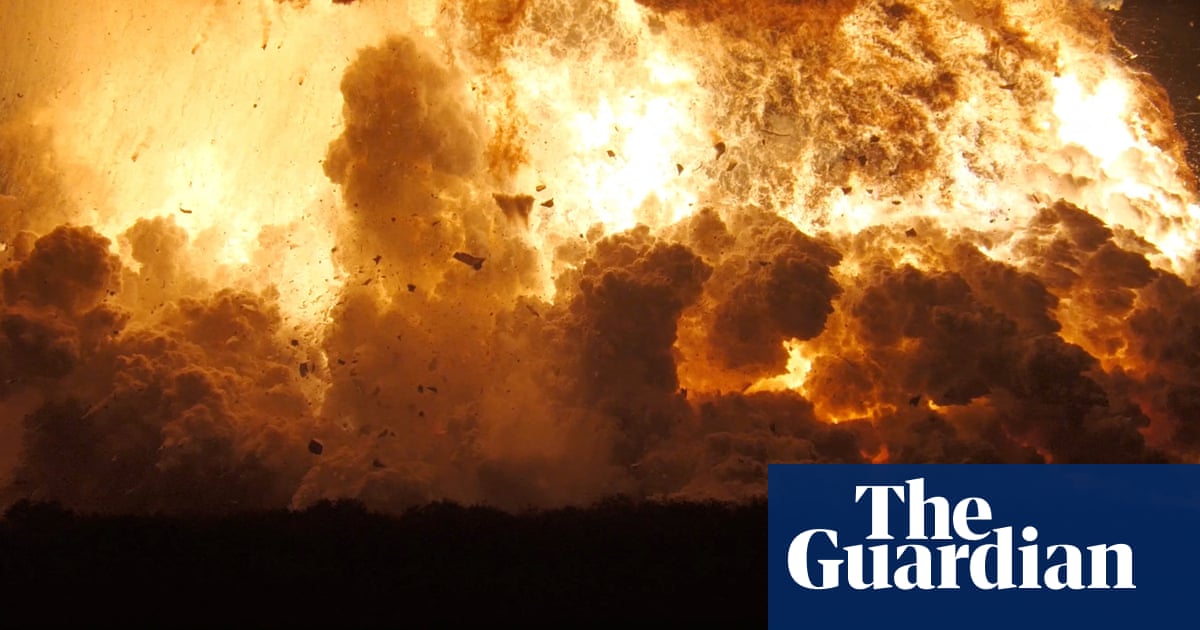One of Elon Musk’s SpaceX Starships has exploded during a routine test in Texas, authorities said, in the latest setback to the billionaire’s dream of turning humanity into an interplanetary species.
The Starship 36 underwent “catastrophic failure and exploded” at the Starbase launch facility shortly after 11pm on Wednesday (0400 GMT Thursday), a Facebook post by the Cameron County authorities said.
A video shared in the post showed the megarocket attached to the launch arm, and then a flash and a towering, fiery explosion.
SpaceX said the rocket was preparing for the 10th flight test when it “experienced a major anomaly while on a test stand at Starbase”, without elaborating on the nature of the complication.
“A safety clear area around the site was maintained throughout the operation and all personnel are safe and accounted for,” SpaceX added on social media.
“There are no hazards to residents in surrounding communities, and we ask that individuals do not attempt to approach the area while safing operations continue.”
The Starship explosion occurred during a “routine static fire test”, according to the Cameron County authorities.
During a static fire, part of the procedures preceding a launch, the Starship’s Super Heavy booster would be anchored to the ground to prevent it from lifting off during the test firing.
Starbase, near theTexasborder with Mexico, is the headquarters for Musk’s space project.
At 123 metres high (403ft), Starship is the world’s largest and most powerful rocket and central to Musk’s long-term vision of colonising Mars.
The Starship is billed as a fully reusable rocket with a payload capacity of up to 150 metric tonnes.
A prototype Starshipexploded over the Indian Oceanin late May.
The biggest and most powerful launch vehicle ever built had lifted off on 27 May from the Starbase facility, but the first-stage Super Heavy booster blew up instead of executing its planned splashdown in the Gulf of Mexico.
The previous two outings also ended poorly, with the upper stage disintegrating over the Caribbean.
Sign up toFirst Thing
Our US morning briefing breaks down the key stories of the day, telling you what’s happening and why it matters
after newsletter promotion
The failures will probably do little to dent Musk’s space ambitions.
SpaceX has been betting that its “fail fast, learn fast” ethos, which has helped it dominate commercial spaceflight, will eventually pay off.
The company has caught the Super Heavy booster in the launch tower’s giant robotic arms three times – a daring engineering feat it sees as being key to rapid reusability and slashing costs.
Nasa is increasingly relying on SpaceX, whose Dragon spacecraft is used to ferry astronauts to and from the International Space Station.
The Federal Aviation Administration in early May approved an increase in annual Starship rocket launches from five to 25, stating that the increased frequency would not adversely affect the environment.
The decision overruled objections from conservation groups who had warned the expansion could endanger sea turtles and shorebirds.
